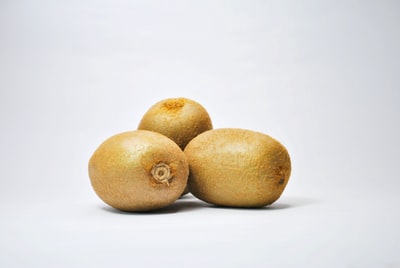
If we look at the number and the sizes of organisms in a food chain we can understand how biomass and energy is passed along it.
By the end of this section you should understand:
- how to interpret and construct pyramids of biomass
NOTE: You don’t need to understand pyramids of number.
——————————————————
Energy in biomass
Most living organisms on earth depend on radiation produced by the sun as their source of energy. Green plants and algae are able to absorb some of this light energy and transfer it into chemical energy. This is a process known as photosynthesis. They can then store this chemical energy in the substances that make up their cells. Due to the fact that they’re able to make their own energy and biomass (the amount of living material) they are known as producers.
Other organisms, like animals, can’t make their own food and so need to eat other organisms for their energy and biomass. These are known collectively as consumers.
You’ll find producers and consumers as part of a food chain. However, there are also other parts in food chains that you may come across.
| Term | Meaning |
| Producers
Primary consumer Secondary consumers Decomposers |
They’re able to make their own food via photosynthesis and consist of green plants and algaeThese consist of herbivores and tend to eat plant material only
These consist of carnivores and tend to eat animals These feed on decaying plant and animals matter as well as faeces |
NOTE: You won’t have to construct a food web or chain.